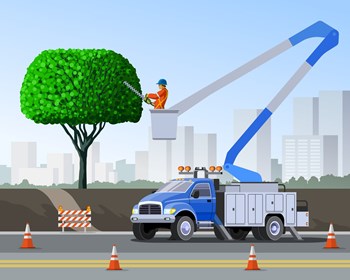
“The trees along this city street,
Save for the traffic and the trains,
Would make a sound as thin and sweet
As trees in country lanes.”
-Edna St. Vincent Millay
Trees provide us with many benefits, from the obvious to the not-so-obvious. Whether your community is an urban high-rise surrounded by hundreds of others, or a sprawling suburban development with acres of grounds, its trees are an integral part of the landscape—one that we often take for granted, but which requires specific, dedicated care and maintenance in order to stay healthy and lush for decades to come.
What Trees Provide
Trees provide more than beauty. They provide shade, which keeps things a little cooler in summer and, believe it or not, a little warmer in the winter, reducing HVAC costs. They act as a wind block; they provide oxygen, remove carbon dioxide from the air around us, and help fight air pollution. Trees are an integral part of our urban environment, offering both the eye and the spirit a break from endless expanses of concrete. Knowing which species thrive in which environments, and how best to care for them, is the first step in establishing and maintaining healthy, long-living trees on a given property.
The science of trees and their care and feeding in city environments is known as urban forestry. “Urban forestry addresses the challenges of sustaining trees in otherwise less-than-hospitable environments,” says Hank White, principal of HMWhite, a New York-based landscape architectural firm with local, national, and international client communities. “It’s a professional discipline which includes arborists and landscape architects who contribute to creating and mitigating a biomass to offset pollution and air quality, and to facilitate storm water absorption. These are all challenging environmental conditions. Trees are an important natural resource to offset those conditions.” White also notes that trees are like sponges for heat, cold, rain, etc., and that greening our cities is an imperative for environmental and public health strategy, even helping to reduce asthma and cardiac illness.
Urban, Borough, Suburban
While each highly-developed environment is slightly different, they all have one thing in common when it comes to trees: they’re not primordial forests. The trappings of the modern urbanized world are often not conducive to plant growth. Pollution, heavy traffic—both auto and pedestrian—pet waste, cramped growing space, lack of sunlight, and lack of regular maintenance like pruning, mulching, and so forth all make for a challenging environment for a tree just trying to thrive. Helping to offset all that is the key to giving your trees the edge they need to stand tall and maintain their health and structure.
“In a primarily impervious environment like street sidewalks and plazas,” says White, “a subterranean infrastructure is needed to support the root volume to sustain large-growing shade trees. These trees are generally deciduous rather than coniferous. In a sidewalk condition a subsurface area must be provided to allow the tree’s roots to expand into the subterranean area without obstructions. Furthermore, in an ideal situation, the soil under the pavement is an engineered soil to support root growth and also sufficient to support pavement conditions. It’s called structural soil. It’s also about providing air and water. There needs to be a reasonable amount of pervious surface area to allow water and air to get to the root system. What we have found through research, and what we now practice, is that trees no longer are planted in pits. They are planted in zones where the openings around the tree base are much bigger to provide for more water and air. Technology is improving to support trees in densely populated areas.”
Arborists and other urban tree experts may not advocate planting trees in pits anymore, but there are a whole lot of trees already in pits that need special care in order to thrive. For example, “take a tree that’s growing in front of an apartment building in Jersey City or Manhattan,” says Lou Caggiano, principal of LCC Landscapes, located in Fairfield, New Jersey. “They are growing on the sidewalk in a four-by-four-foot square. The tree is constantly nutrient starved, so that tree must have a good fertilization program as well as a good pruning program. These trees are also subject to mechanical damages: car accidents, bike accidents. These types of incidents can damage the bark and can ultimately lead to the death of the tree. That’s to say nothing of the effects of dog and other animal waste, etc.”
“A primary issue for tree care and management is compaction,” says Scott Bishop, principal of Bishop Land Design based in Quincy, Massachusetts, which also has offices in Detroit, Michigan. “Compaction is when water and air, the things trees depend on to keep nutrients flowing, are affected by vehicles and paving. This can be very harmful to the tree. A second issue is soil volume. Depending on size, a tree requires between 1,500 and 3,000 cubic feet of soil to live and thrive. We often use something called sand-based structural soil under and around a tree to create a kind of a cage when there is paving on top for the tree to continue to be healthy and grow.”
Preferred Species
No amount of clever placement and supportive care can keep a tree healthy if it’s just not the right species for the setting, say the pros. As you might imagine, the best species for success in urban environments are hardy and tolerant of pollutants and irritants. “The criteria for pollution-tolerant trees are those that can tolerate salt in spray and infiltration in the soil,” says White. This requirement is primarily relative to the northeast and mid-Atlantic regions where we use salt for deicing during the colder months. “That’s one very important criterion. They also need to be drought tolerant, because very few if any public street trees have any irrigation support systems.” White says he prefers the American elm. Sadly, Dutch elm disease killed these trees en masse in the past, “but now with bioengineering there are a number of Dutch elm disease–resistant varieties that can be used, and are now being replanted. Honey locust is also a good choice, along with red oak and American linden.”
“There’s a big difference between urban and suburban environments,” notes Caggiano. “In urban environments, you want honey locust, pin oak, or zelkova. They can survive the harsh urban environment. They have a smaller leaf that dissipates into the landscape. It doesn’t have to be picked up and removed and cause a collection of dead leaves.” Another hardy species is ginkgo. Both Caggiano and White note that ginkgos have a bad reputation for their malodorous berries—but White reports that tree scientists have recently developed strains that don’t offend the nose.
The picture for trees in urban vs. borough vs. suburban environments provides a little more flexibility with trees that are semi-urban or semi-salt-tolerant. “Whether it’s suburban or urban, primarily it’s the planted infrastructure that is the base requirement for sustainability,” says White. “Even if you plant an urban-tolerant species, in suburbs, without the right soil and air and water, it won’t survive.”
Bishop notes that he looks for species that aren’t susceptible to disease. He notes the new Dutch elm–resistant hybrids, and says that “oaks work well, and red maples are good, too. Another important consideration,” he continues, “is taking into account riparian zones where there may be flooding, which is often a more common problem than dry environments.” A tree’s ability to survive and soak up some of those flood waters may be key to the right species choice.
It’s All Too Mulch
Surprisingly, just about the worst thing one can do to a street tree in an urban environment is the very thing so many condo and co-op communities have done to pretty up their properties: filling the tree pits with mulch or peat moss and planting annuals around the tree. This seemingly inoffensive beauty tip is in fact anathema to the trees, robbing them of the very things they need: water and oxygen.
Caggiano says, “When you plant your annuals around a tree, you are damaging the tree roots. Annuals live eight weeks; a tree is forever. The mulch suffocates the base of the tree, girdles the tree. We see a lot of these mulch ‘volcanoes’ in many of the condo sites we take care of. You get contractors in. They put in the mulch up against the tree trunk to drive their profits up—to show they do what they were hired to do. For any tree living in an urban or suburban environment, the mulch should be removed and new mulch put in every year at minimum. Ideally mulch should be left to sit for two to three years to decompose into soil to provide nutrients. It should never suffocate the tree.”
“Many co-ops and condos plant annuals and other things in tree pits,” adds White. “That soaks up the water, because they require a lot of water and that robs the tree of necessary water. Don’t do that unless there is a commitment to water the trees on a regular basis!”
Bishop holds a slightly different opinion. He points out that when opting for planting there’s a delicate balance. “You want to make sure you get something that will block out weeds, but won’t deprive the tree of water and air. Remember that all tree species come from forest environments. Trees in forests are surrounded by ground cover. If you get the right plants with the right trees, they work well together.”
Trees may seem a ubiquitous, hands-off element of the urban or suburban environment—but in reality, they’re living things, sensitive to the same kinds of irritants, health threats, and other challenges that humans are. In order to keep the trees on your property healthy, sound, and thriving for generations to come, planting the correct kind, in the correct place, and engaging a knowledgeable, experienced tree pro to conduct proper maintenance and care are the best practices to follow.
Cooper Smith is a staff writer/reporter for CooperatorNews.




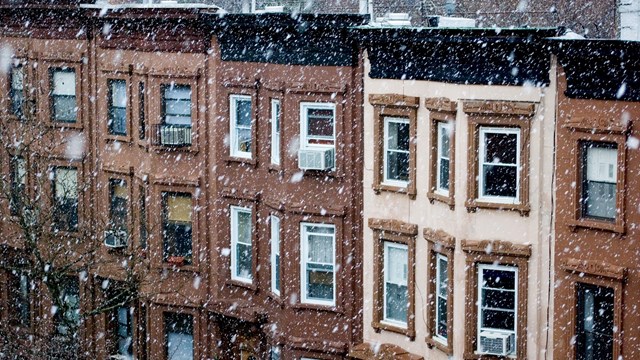
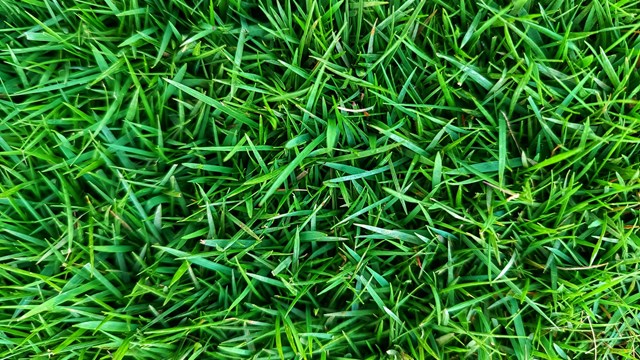

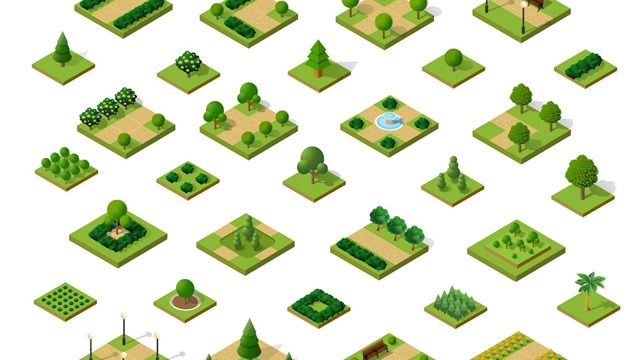
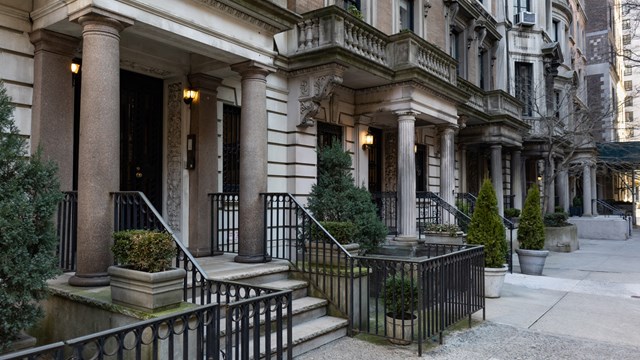
Leave a Comment